Gem Profile- Serpentine
As we've progressed through these profiles, you've probably noticed that the naming of stones can be pretty varied and interesting. Some are named after people; some have names derived from Greek or Latin words; and others are named simply for the appearance of the stone. Serpentine is one stone named for its appearance, using the Latin word serpentinus which means serpent-like.
Serpentine is translucent green, though is also found in yellow, white and gray, with a mottled appearance that looks like scales and is often described as having a "greasy" or silky feel and had a harness of 2.5-3.
Shawnea Hardesty created this Serpentine jewelry set - serpentine earrings and a serpentine pendant - for her mother.
Shawnea Hardesty created this Serpentine jewelry set - serpentine earrings and a serpentine pendant - for her mother.

The Serpentine Group
Serpentine is the "brand name" for a group of polymorphous rocks within the serpentine group; these rocks are sometimes called serpentinite. Polymorphous means that the rocks have the same chemical compound with the molecules arranged differently. So the hydrous magnesium iron phyllosilicate polymorphs of serpentine are classified as; antigorite, chrysotile, and lizardite all chemically the same, just having the chemicals bonded in a different way. In other words; the serpentine group consists not only of serpentine, but of antigorite, lizardite, and chrysotile: all green stones with a scaly appearance and the same basic chemical structure.
The appearance of serpentine varies depending on the structure of the bonds within the stone at the time of metamorphosis. Antigorite is named for the Antigoro Valley in Italy, where the stone is most commonly found with quarries. Antigorite is also found in Rhode Island, where it is compacted and known as bowenite, Rhode Island's state mineral; as well as found in Maryland and Pennsylvania. Antigorite forms in fine plate-like crystals bonded with mica and is used for carvings, beads, and other jewelry applications and can be used as a substitute for jade.
Kosadinka Dobreva created this serpentine pendant with a round cabochon and a Viking Weave Bezel
Serpentine is the "brand name" for a group of polymorphous rocks within the serpentine group; these rocks are sometimes called serpentinite. Polymorphous means that the rocks have the same chemical compound with the molecules arranged differently. So the hydrous magnesium iron phyllosilicate polymorphs of serpentine are classified as; antigorite, chrysotile, and lizardite all chemically the same, just having the chemicals bonded in a different way. In other words; the serpentine group consists not only of serpentine, but of antigorite, lizardite, and chrysotile: all green stones with a scaly appearance and the same basic chemical structure.
The appearance of serpentine varies depending on the structure of the bonds within the stone at the time of metamorphosis. Antigorite is named for the Antigoro Valley in Italy, where the stone is most commonly found with quarries. Antigorite is also found in Rhode Island, where it is compacted and known as bowenite, Rhode Island's state mineral; as well as found in Maryland and Pennsylvania. Antigorite forms in fine plate-like crystals bonded with mica and is used for carvings, beads, and other jewelry applications and can be used as a substitute for jade.
Kosadinka Dobreva created this serpentine pendant with a round cabochon and a Viking Weave Bezel

Lizardite, the most common type of serpentine used in home décor, is often referred to as green marble. Lizardite is a fine-grained serpentine with perfect cleavage and can be white, yellow, or green. The type we find in our home is usually a dark green with veins of calcite running through it. It also takes a high polish and is harder than marble, though it doesn't weather well when subjected to the elements.
The most common form of serpentine is called Chrysotile and forms in cylindrical crystals that double back on themselves, forming long threads of asbestos within the rock. This type of serpentine is used primarily for the asbestos fibers due to their fire resistance and flexibility. Chrysotile is mined in New York, New Jersey, and other areas along the Appalachian Mountains, California, Arizona, and Quebec near the town named Asbestos.
The most common form of serpentine is called Chrysotile and forms in cylindrical crystals that double back on themselves, forming long threads of asbestos within the rock. This type of serpentine is used primarily for the asbestos fibers due to their fire resistance and flexibility. Chrysotile is mined in New York, New Jersey, and other areas along the Appalachian Mountains, California, Arizona, and Quebec near the town named Asbestos.

Serpentine and Asbestos: You're Safe
We are all familiar with the health risks from asbestos so as a side-note here; asbestos confined within a stone is not dangerous, it becomes a health risk only when it is airborne. Asbestos workers are the most at-risk for health concerns from overexposure to asbestos and industry standards have been changed to protect them. This all sounds very scary; I mean who wants to put their health at risk over a rock?
Well, put the fear away and keep in mind that though asbestos may create health problems, it's really only been seen in people who work in industry where there is an overexposure to asbestos fibers and as long as asbestos is sealed, either within the stone or through other means, the health risk is minimal.
We are all familiar with the health risks from asbestos so as a side-note here; asbestos confined within a stone is not dangerous, it becomes a health risk only when it is airborne. Asbestos workers are the most at-risk for health concerns from overexposure to asbestos and industry standards have been changed to protect them. This all sounds very scary; I mean who wants to put their health at risk over a rock?
Well, put the fear away and keep in mind that though asbestos may create health problems, it's really only been seen in people who work in industry where there is an overexposure to asbestos fibers and as long as asbestos is sealed, either within the stone or through other means, the health risk is minimal.
Finding Serpentine: California Road Trip!
Okay, so let's go to where serpentine is plentiful, beautiful, and the official state rock; California! Since serpentine is formed from rock under high pressure and low heat, we see it a lot in the basalt along the sea floor. In California, the sea floor is being moved and subducted, so serpentine has come to the surface and is under most of the state. You can tell serpentine soil from other soil in the region. Serpentine soil is not very kind to plants and contains a lot of clay, so you can readily see the green stone with very sparse vegetation within it.
Joan Madouse wrapped this serpentine stone in bronze wire.
Okay, so let's go to where serpentine is plentiful, beautiful, and the official state rock; California! Since serpentine is formed from rock under high pressure and low heat, we see it a lot in the basalt along the sea floor. In California, the sea floor is being moved and subducted, so serpentine has come to the surface and is under most of the state. You can tell serpentine soil from other soil in the region. Serpentine soil is not very kind to plants and contains a lot of clay, so you can readily see the green stone with very sparse vegetation within it.
Joan Madouse wrapped this serpentine stone in bronze wire.

Resources & Recommended Reading
Serpentine Group on Wikipedia
Bowenite on Wikipedia
Serpentine (Chrysotile): www.thoughtco.com
Mount Tamalpais State Park: www.parks.ca.gov
Serpentine Group on Wikipedia
Bowenite on Wikipedia
Serpentine (Chrysotile): www.thoughtco.com
Mount Tamalpais State Park: www.parks.ca.gov
Materials

Wire

Beads

Cabochons
Tools

WireJewelry - Ultimate Wire-Pliers Jewelry Pliers with Case, Set of 5
G15-20
- G15-20
- Lesson Quantity: 1.00 pieces
- Purchase Quantity: 1.00 each
- Price: $170.72
- Gold Club Price: $128.04

Bench Tools
- Category: General Education
- Technique(s): General Education













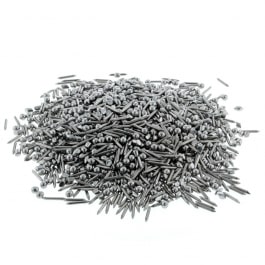







 About Jewelry Chain- About Ball Chain
About Jewelry Chain- About Ball Chain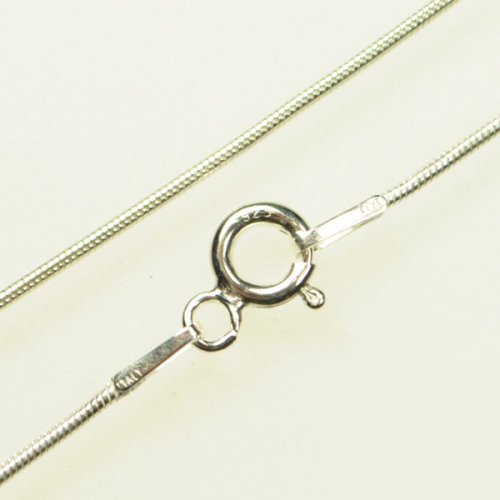 About Jewelry Chain- Snake Chain and Omega Chain
About Jewelry Chain- Snake Chain and Omega Chain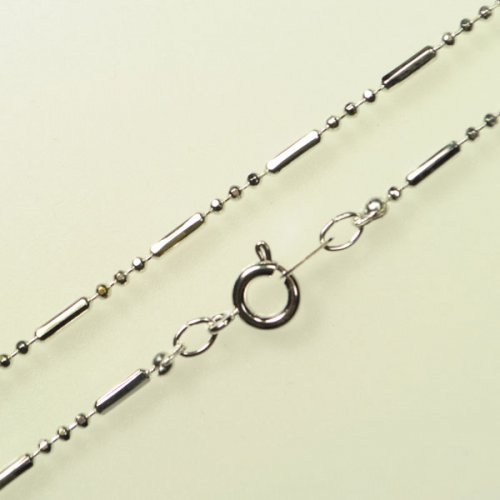 About Jewelry Chain- Bar Chain and Peanut Chain
About Jewelry Chain- Bar Chain and Peanut Chain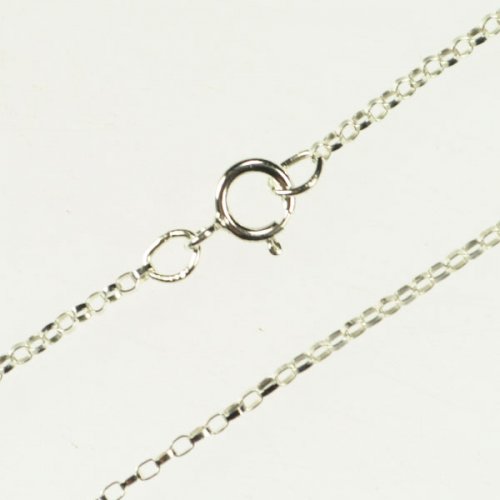 About Jewelry Chain - Cable Chain and Rolo Chain
About Jewelry Chain - Cable Chain and Rolo Chain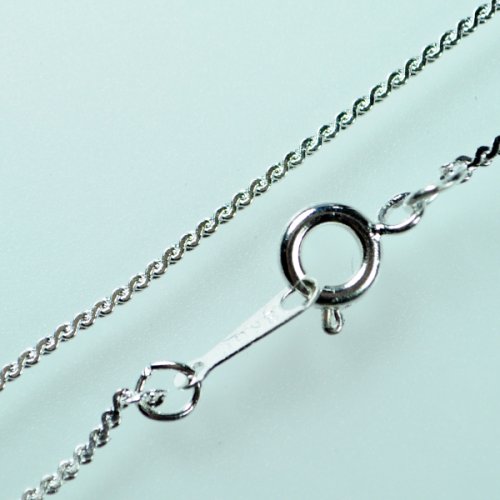 About Jewelry Chain- Curb Chain and Gourmette Chain
About Jewelry Chain- Curb Chain and Gourmette Chain About Jewelry Chain- Figaro Chain
About Jewelry Chain- Figaro Chain About Jewelry Chain- Infinity Chain and Anchor Chain
About Jewelry Chain- Infinity Chain and Anchor Chain About Jewelry Chain- Chain Reference Sheet
About Jewelry Chain- Chain Reference Sheet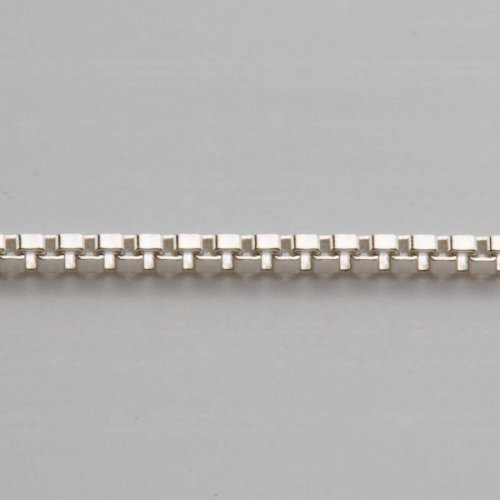 About Jewelry Chain- Venetian Chain and Box Chain
About Jewelry Chain- Venetian Chain and Box Chain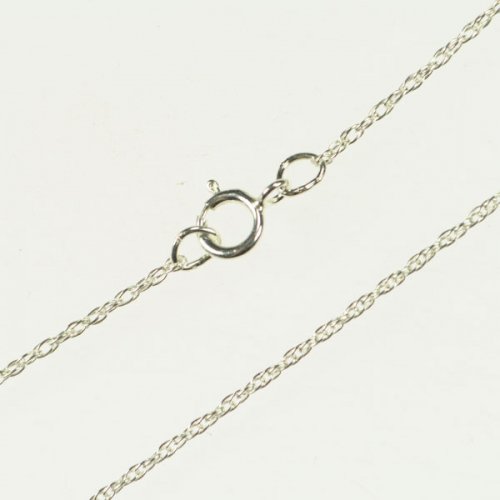 About Jewelry Chain- Wheat Chain and Rope Chain
About Jewelry Chain- Wheat Chain and Rope Chain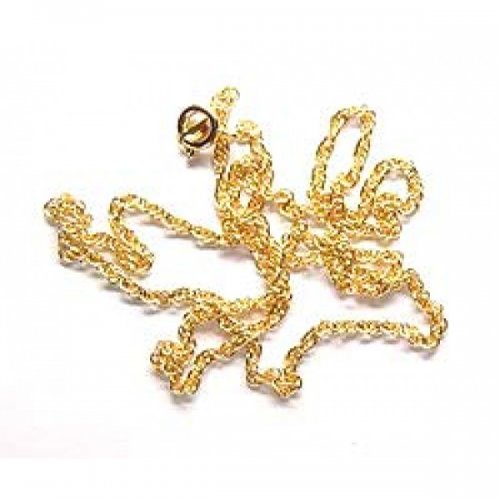 Introduction to Chain
Introduction to Chain Access More Money by Making Jewelry When Your Prices Are Right
Access More Money by Making Jewelry When Your Prices Are Right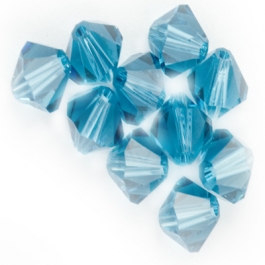 An Introduction to Beads and Beading
An Introduction to Beads and Beading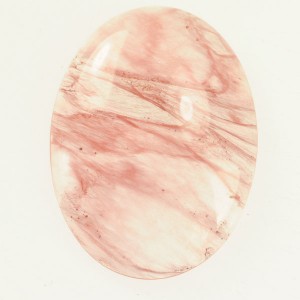 Common Gemstone Misconceptions
Common Gemstone Misconceptions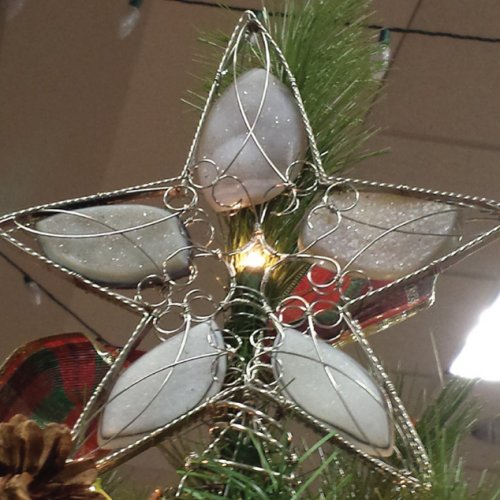 Wire Wrapped Christmas Tree
Wire Wrapped Christmas Tree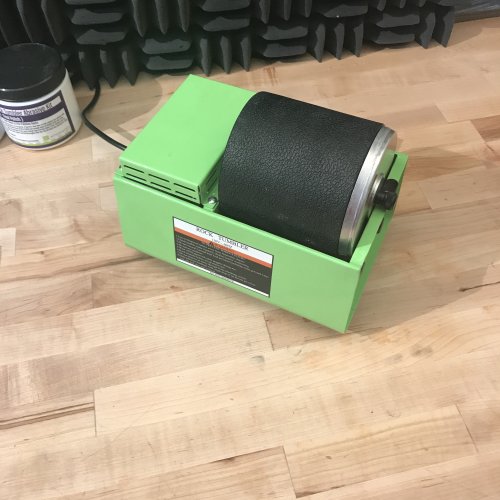 How To Polish Metal Jewelry using a Rotary Tumbler
How To Polish Metal Jewelry using a Rotary Tumbler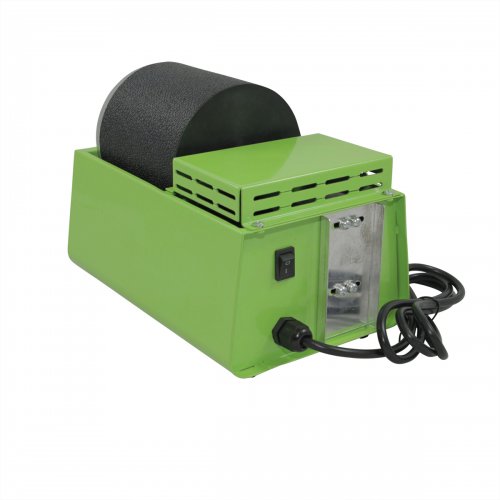 How To Polish Your Own Rocks using a Rotary Rock Tumbler
How To Polish Your Own Rocks using a Rotary Rock Tumbler How to Merchandise Your Jewelry on the Internet
How to Merchandise Your Jewelry on the Internet How to Use Twitter as a Wire Jewelry Artist
How to Use Twitter as a Wire Jewelry Artist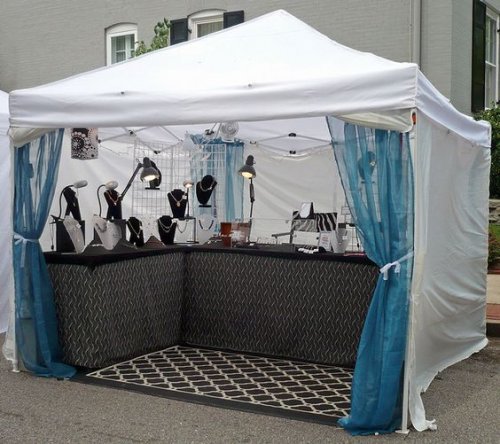 20 Ideas to get your Jewelry Biz Busy
20 Ideas to get your Jewelry Biz Busy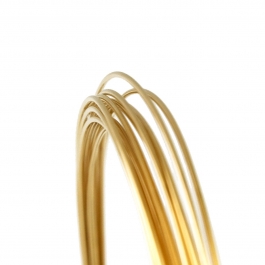 Watching the Precious Metals Market
Watching the Precious Metals Market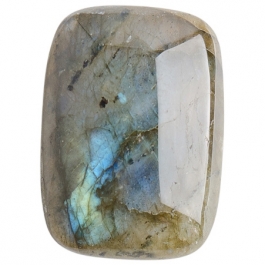 Jewelry Design Ideas - Get Inspired
Jewelry Design Ideas - Get Inspired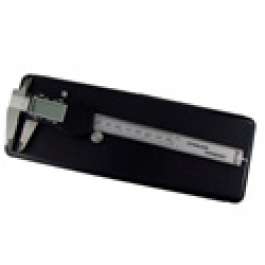 Measuring Tools
Measuring Tools July Birthstone - The Ruby
July Birthstone - The Ruby February Birthstone- Amethyst
February Birthstone- Amethyst March Birthstone - Aquamarine and Bloodstone
March Birthstone - Aquamarine and Bloodstone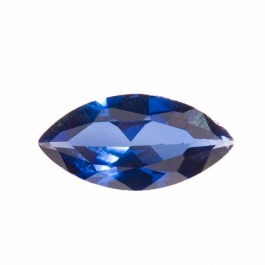 September Birthstone - Sapphire
September Birthstone - Sapphire November Birthstones - Topaz and Citrine
November Birthstones - Topaz and Citrine October Birthstones - Rose Zircon, Pink Tourmaline and Opal
October Birthstones - Rose Zircon, Pink Tourmaline and Opal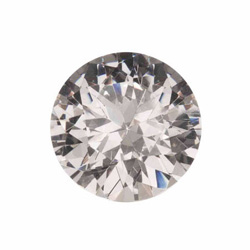 April Birthstone - The Diamond
April Birthstone - The Diamond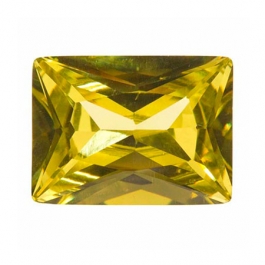 August Birthstone - Peridot and Sardonyx
August Birthstone - Peridot and Sardonyx June Birthstones - Alexandrite, Pearl and Moonstone
June Birthstones - Alexandrite, Pearl and Moonstone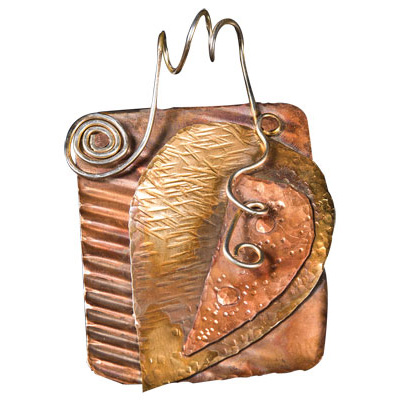 Metalsmithing
Metalsmithing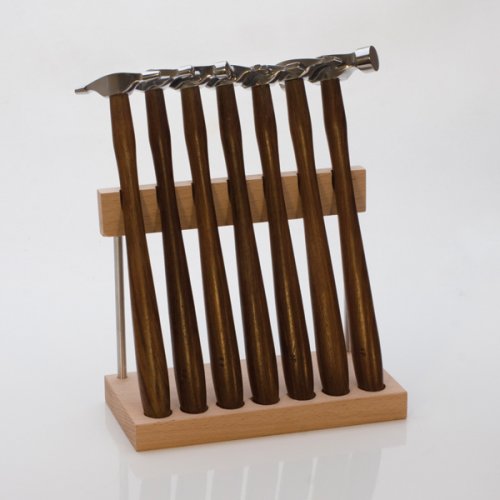 Featured Tool - Mini TruStrike Hammers
Featured Tool - Mini TruStrike Hammers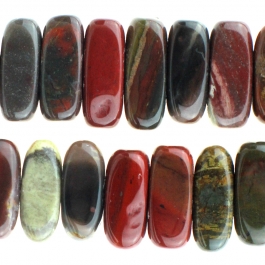 Natural Jasper Stones - Cabochon Gemstones
Natural Jasper Stones - Cabochon Gemstones Organize Your Jewelry Box
Organize Your Jewelry Box Pearls- It's a Cultural Thing
Pearls- It's a Cultural Thing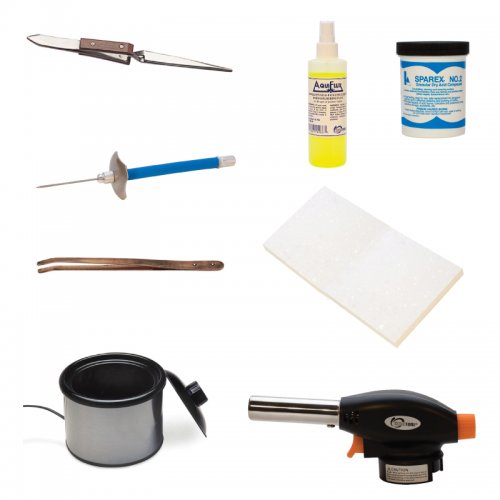 Soldering 101
Soldering 101 Starting Your Own Home Jewelry Business
Starting Your Own Home Jewelry Business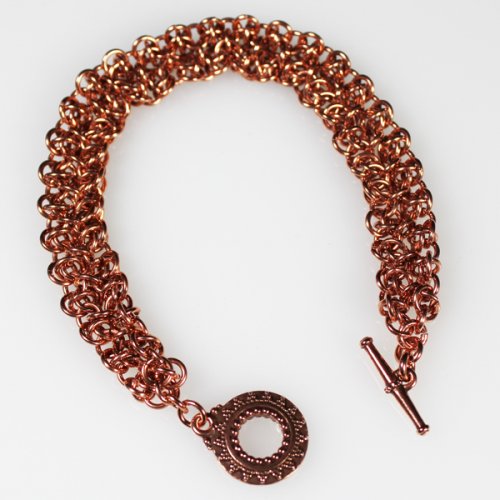 The Art of Creating Chainmail
The Art of Creating Chainmail Why Should I Be Using Facebook
Why Should I Be Using Facebook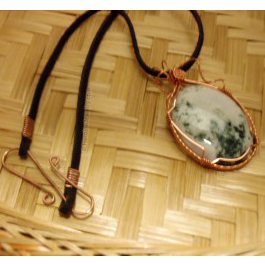 Make Handmade Neck Cords on a Dime
Make Handmade Neck Cords on a Dime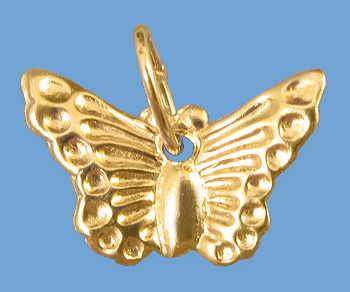 Tagging Handmade Jewelry Gifts
Tagging Handmade Jewelry Gifts Share Your Expertise with Your Community
Share Your Expertise with Your Community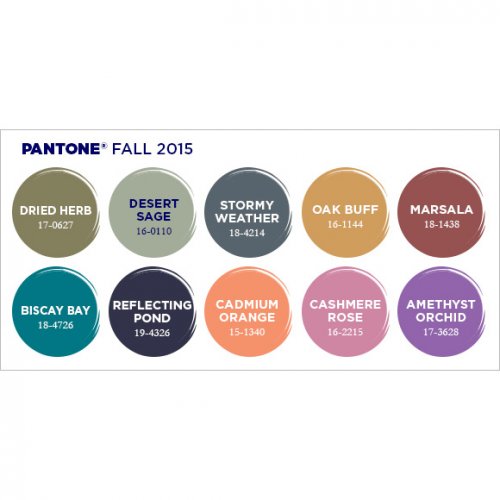 Creating Color Schemes for Jewelry Making
Creating Color Schemes for Jewelry Making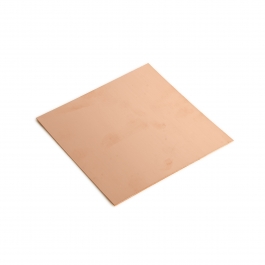 Bronze, Brass, Nickel Silver and Copper Base Metals
Bronze, Brass, Nickel Silver and Copper Base Metals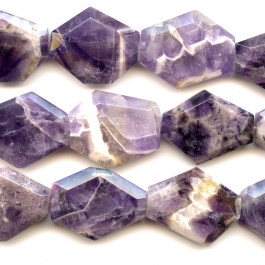 Gemstone Treatments
Gemstone Treatments How Wire is Made
How Wire is Made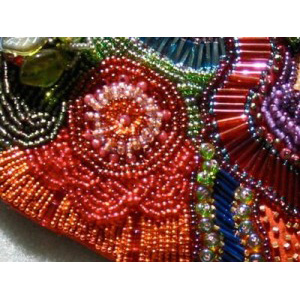 Beading A-B-C's
Beading A-B-C's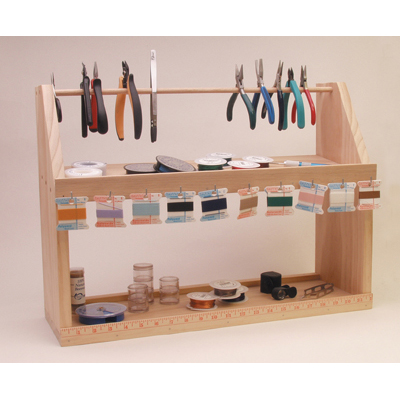 How to Set Up Your Workspace
How to Set Up Your Workspace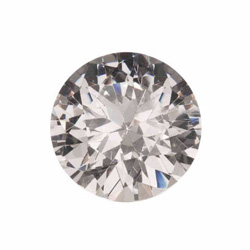 Gem Profile- Diamond
Gem Profile- Diamond Gem Profile- Peridot
Gem Profile- Peridot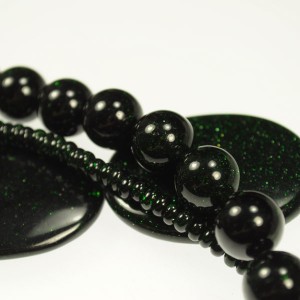 Gem Profile- Goldstone
Gem Profile- Goldstone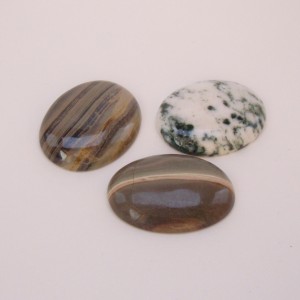 Gem Profile- Cryptocrystalline Quartz Introduction
Gem Profile- Cryptocrystalline Quartz Introduction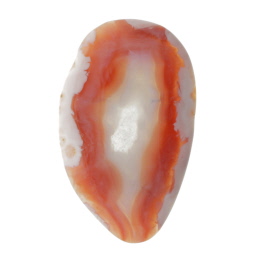 Gem Profile- Banded Agate and Brecciated Agate
Gem Profile- Banded Agate and Brecciated Agate Gem Profile- Emerald
Gem Profile- Emerald Gem Profile- Titanite or Sphene
Gem Profile- Titanite or Sphene Gem Profile- Morganite
Gem Profile- Morganite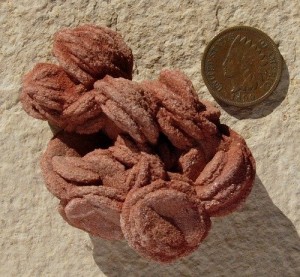 Gem Profile- Desert Rose
Gem Profile- Desert Rose Gem Profile- Iolite
Gem Profile- Iolite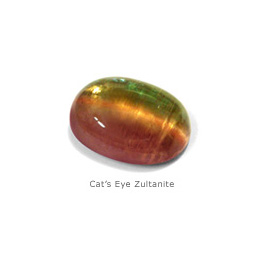 Gem Profile- Zultanite
Gem Profile- Zultanite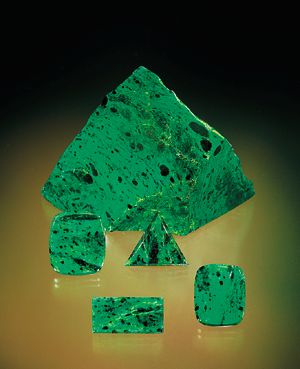 Gem Profile- Maw Sit Sit
Gem Profile- Maw Sit Sit Gem Profile- Tanzanite
Gem Profile- Tanzanite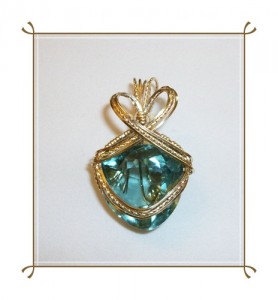 Gem Profile- Aquamarine
Gem Profile- Aquamarine Gem Profile- Turquoise
Gem Profile- Turquoise Gem Profile- Turquoise Types
Gem Profile- Turquoise Types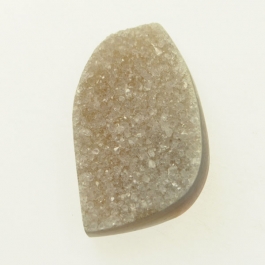 Gem Profile- What's Druze
Gem Profile- What's Druze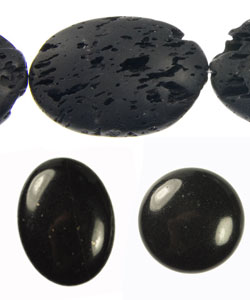 Gem Profile- Basalt
Gem Profile- Basalt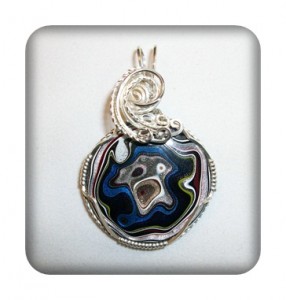 Gem Profile- Fordite
Gem Profile- Fordite Gem Profile- Variscite
Gem Profile- Variscite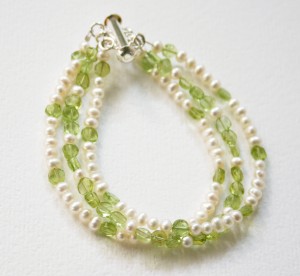 Gem Profile- Pearls
Gem Profile- Pearls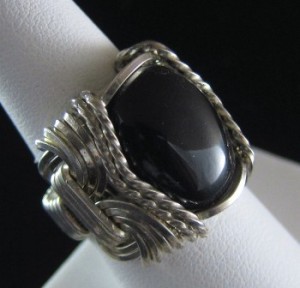 Gem Profile- Onyx
Gem Profile- Onyx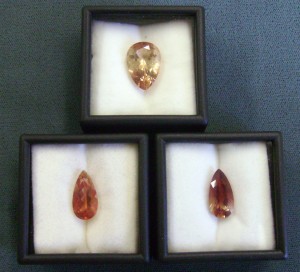 Gem Profile- Sunstone
Gem Profile- Sunstone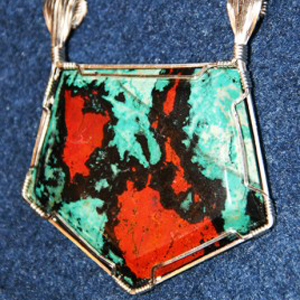 Gem Profile- Sonora Sunrise
Gem Profile- Sonora Sunrise Gem Profile- Rhodonite
Gem Profile- Rhodonite Gem Profile- Glass, Crystal and Quartz
Gem Profile- Glass, Crystal and Quartz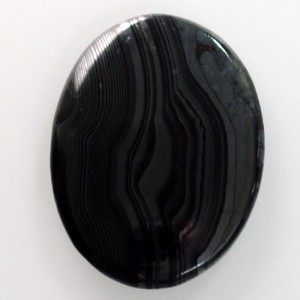 Gem Profile- Psilomelane
Gem Profile- Psilomelane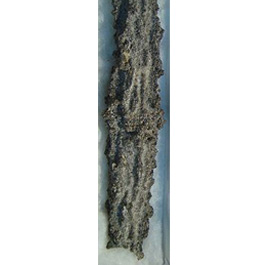 Gem Profile- Fulgurite
Gem Profile- Fulgurite Gem Profile- Cat's Eye
Gem Profile- Cat's Eye Gem Profile- Carnelian
Gem Profile- Carnelian Gem Profile- Petoskey Stones and Indonesian Fossil Coral
Gem Profile- Petoskey Stones and Indonesian Fossil Coral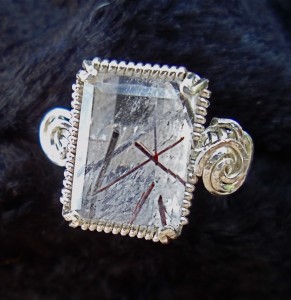 Gem Profile- Rutilated Quartz
Gem Profile- Rutilated Quartz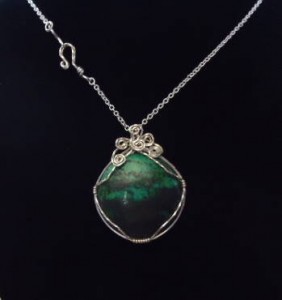 Gem Profile- Chrysocolla
Gem Profile- Chrysocolla Gem Profile- Jet
Gem Profile- Jet Gem Profile- Chrysoprase
Gem Profile- Chrysoprase Gem Profile- Rhyolite
Gem Profile- Rhyolite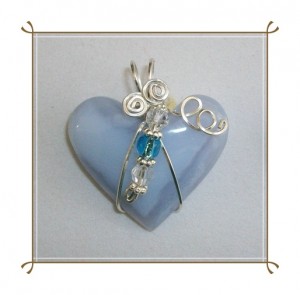 Gem Profile- Chalcedony
Gem Profile- Chalcedony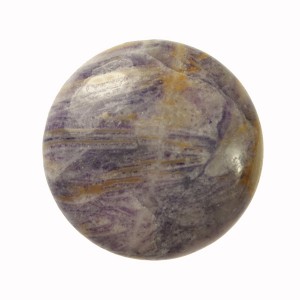 Gem Profile- Lepidolite and Sugilite
Gem Profile- Lepidolite and Sugilite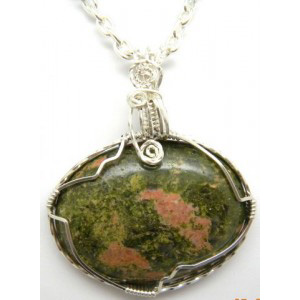 Gem Profile- Unakite
Gem Profile- Unakite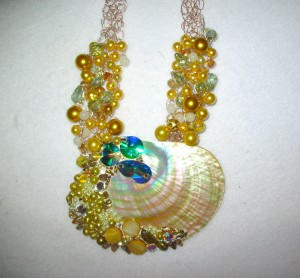 Gem Profile- Cowrie Shells, Conch Shells, and Drilling Shells
Gem Profile- Cowrie Shells, Conch Shells, and Drilling Shells Gem Profile- Mother of Pearl
Gem Profile- Mother of Pearl Gem Profile- Moss Agate and Plume Agate
Gem Profile- Moss Agate and Plume Agate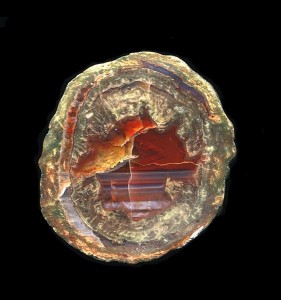 Gem Profile- Thundereggs and Mexican Lace Agate
Gem Profile- Thundereggs and Mexican Lace Agate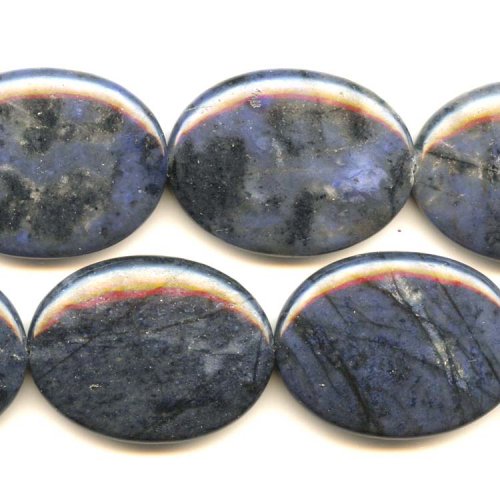 Gem Profile- Dumortierite
Gem Profile- Dumortierite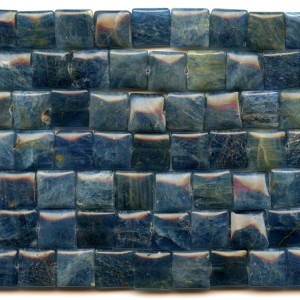 Gem Profile- Apatite
Gem Profile- Apatite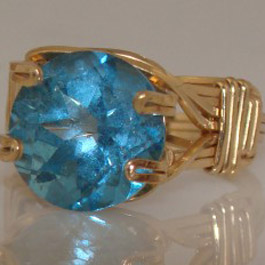 Gem Profile- Blue Topaz
Gem Profile- Blue Topaz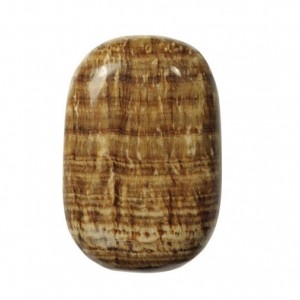 Gem Profile- Aragonite
Gem Profile- Aragonite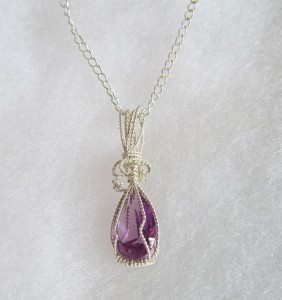 Gem Profile- Zircon and Cubic Zirconia
Gem Profile- Zircon and Cubic Zirconia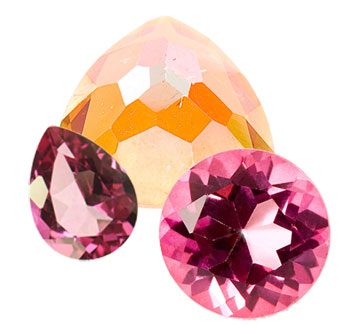 Gem Profile- Topaz
Gem Profile- Topaz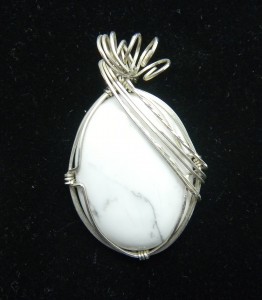 Gem Profile- Howlite
Gem Profile- Howlite Gem Profile- Sodalite
Gem Profile- Sodalite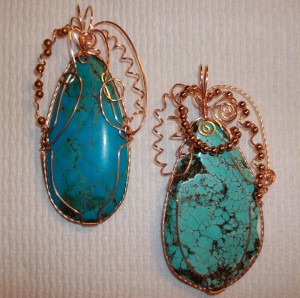 Gem Profile- Magnesite
Gem Profile- Magnesite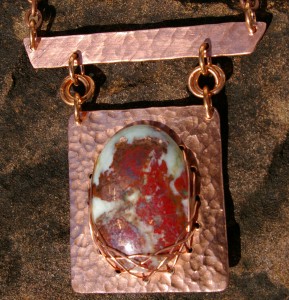 Gem Profile- Cuprite
Gem Profile- Cuprite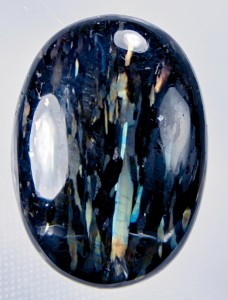 Gem Profile- Nuummite
Gem Profile- Nuummite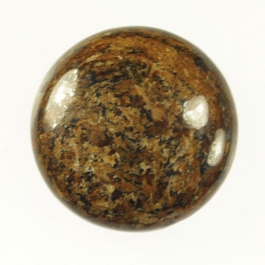 Gem Profile- Bronzite
Gem Profile- Bronzite Gem Profile- Kyanite
Gem Profile- Kyanite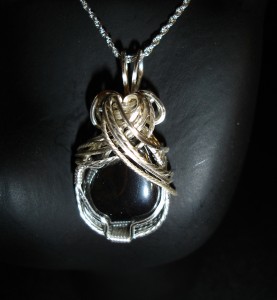 Gem Profile- Hematite
Gem Profile- Hematite Gem Profile- Derbyshire Blue John
Gem Profile- Derbyshire Blue John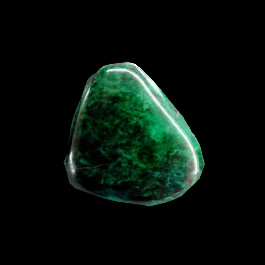 Gem Profile- Eilat Stone
Gem Profile- Eilat Stone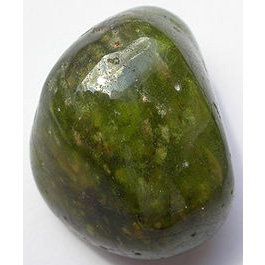 Gem Profile- Vesuvianite
Gem Profile- Vesuvianite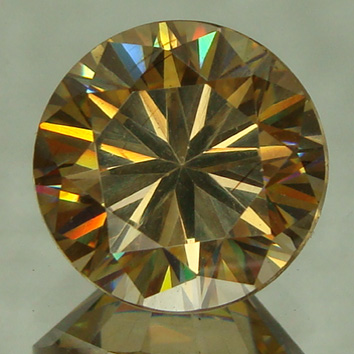 Gem Profile- Strontium Titanate -Fabulite
Gem Profile- Strontium Titanate -Fabulite Gem Profile- Tourmaline
Gem Profile- Tourmaline Gem Profile- Larimar
Gem Profile- Larimar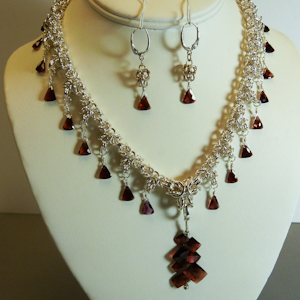 Gem Profile- Garnet
Gem Profile- Garnet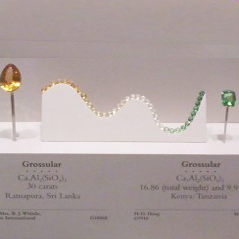 Gem Profile- Tsavorite and Green Garnets
Gem Profile- Tsavorite and Green Garnets Gem Profile- Seraphinite
Gem Profile- Seraphinite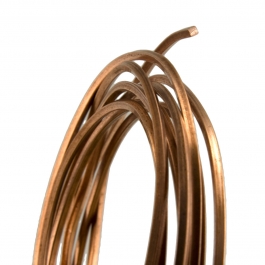 American Wire Gauge
American Wire Gauge Viking Knit and Spool Knit Chain
Viking Knit and Spool Knit Chain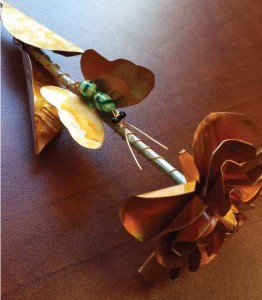 Copper Roses
Copper Roses How to Make Medical ID Bracelets Special
How to Make Medical ID Bracelets Special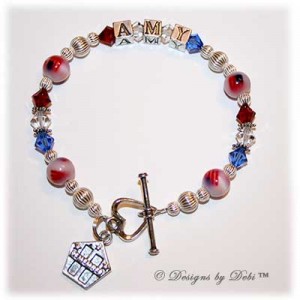 Remembering the Fallen
Remembering the Fallen 6 Ways to Find Your Uniqueness in Jewelry
6 Ways to Find Your Uniqueness in Jewelry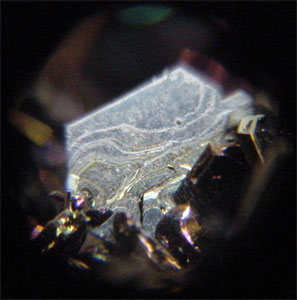 Gem Profile- Moissanite
Gem Profile- Moissanite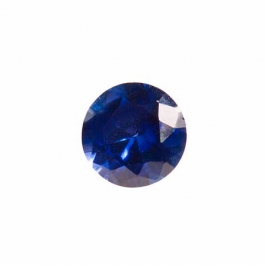 Birthstone Swarovski Colors
Birthstone Swarovski Colors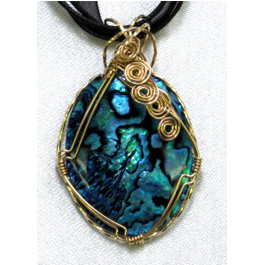 Gem profile- Paua and Abalone
Gem profile- Paua and Abalone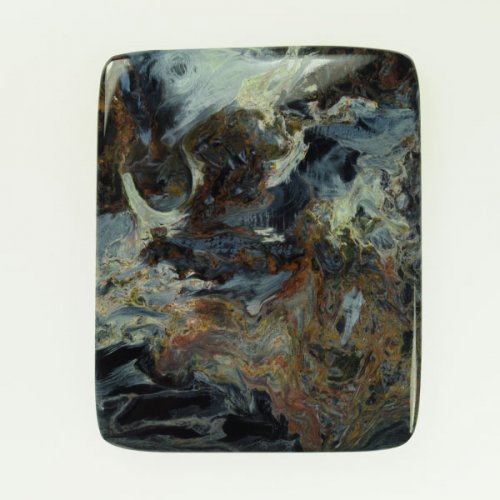 Tips for Tucson Shopping- Gem Show Secrets
Tips for Tucson Shopping- Gem Show Secrets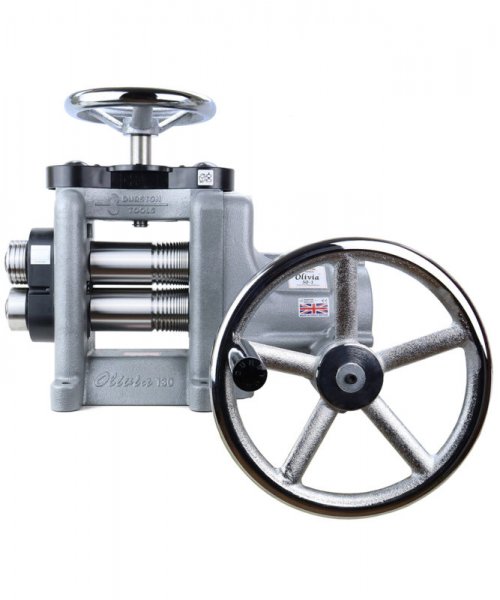 Durston Olivia Rolling Mills
Durston Olivia Rolling Mills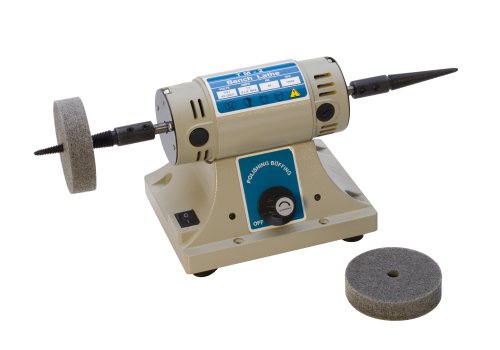 How to Use a Jewelry Bench Polisher Effectively
How to Use a Jewelry Bench Polisher Effectively 
